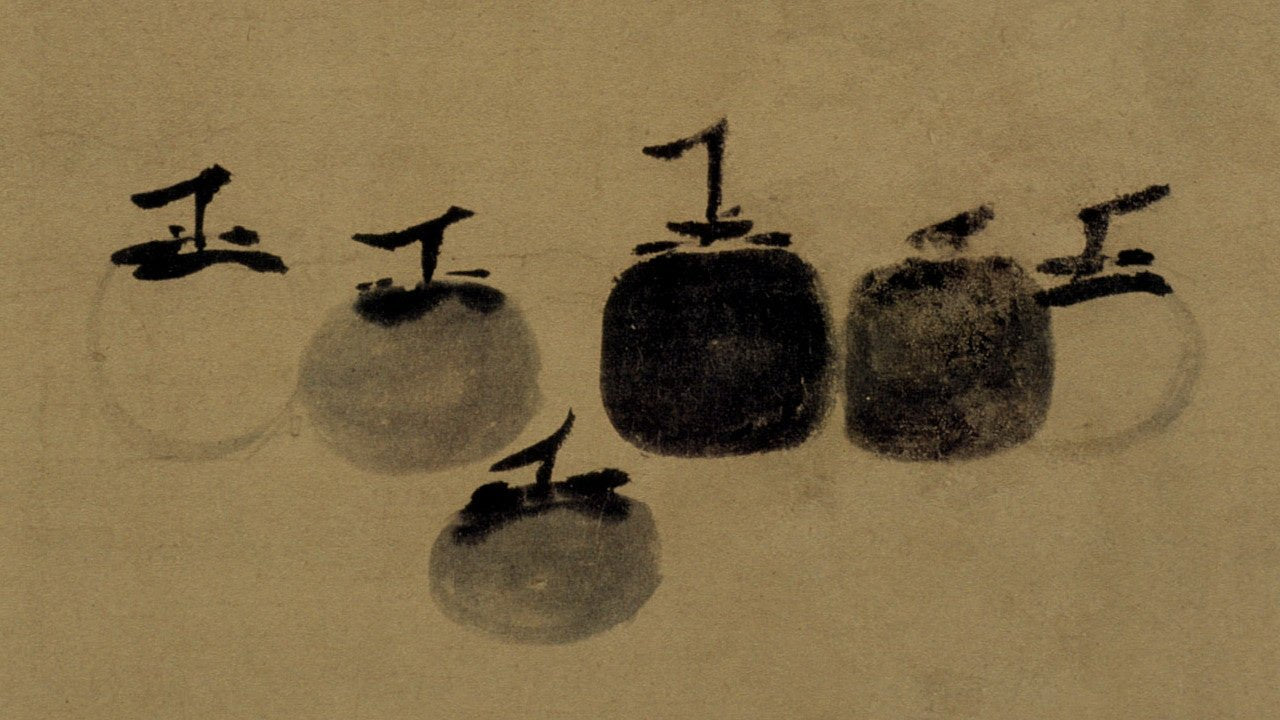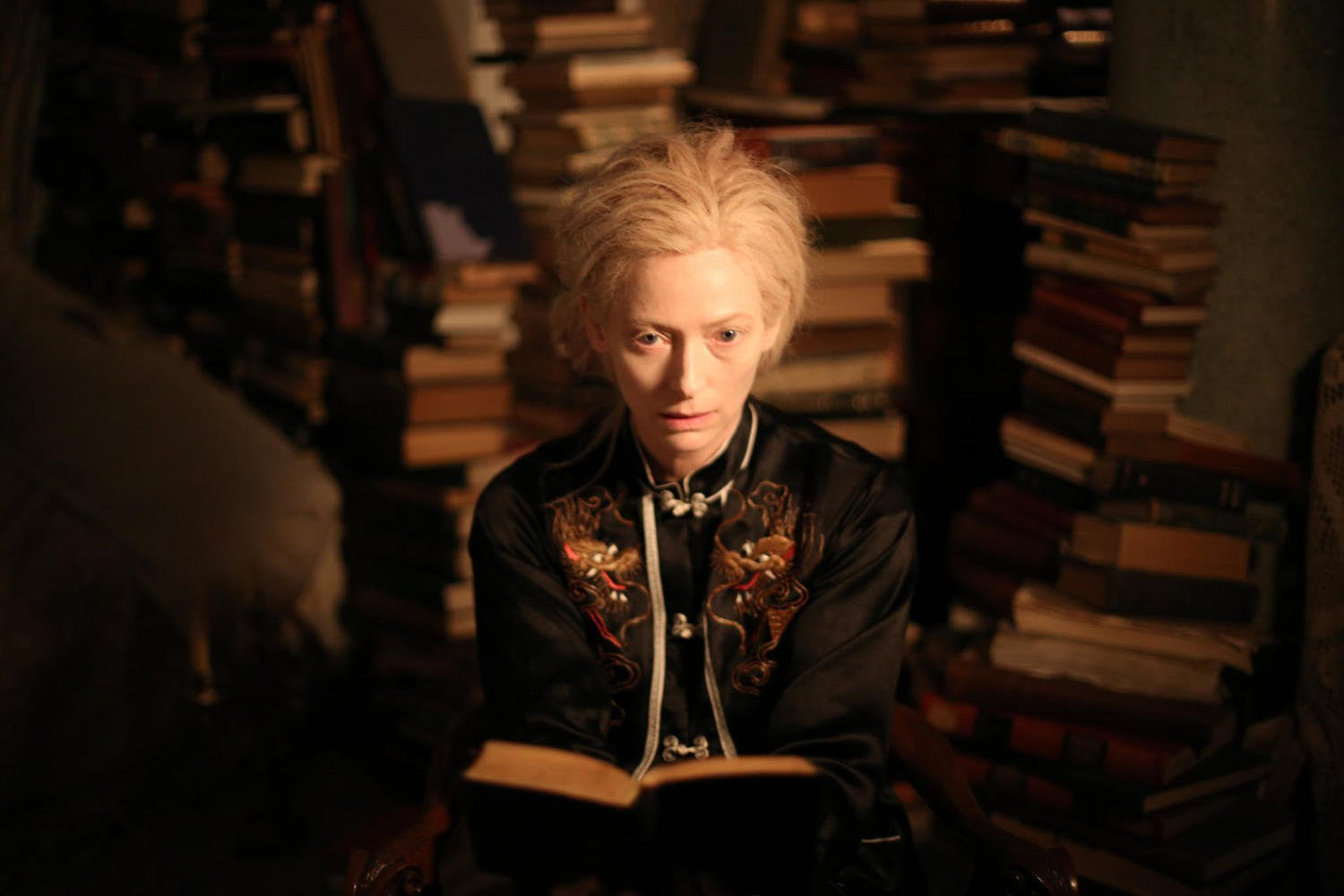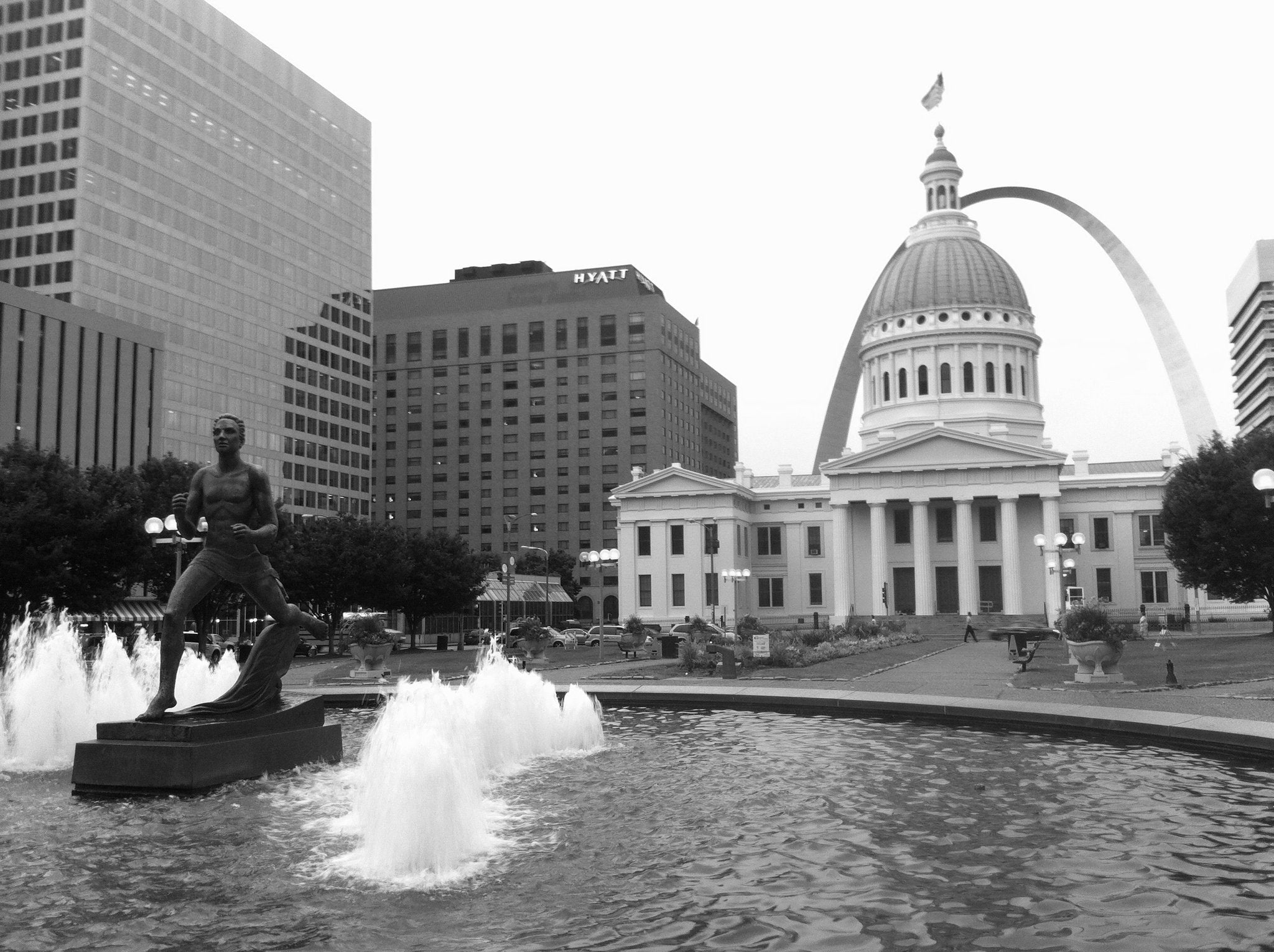
On cultivation
Over the years, I’ve had a number of friends who, after we’ve known each other for a while, have put it to me delicately that they don’t “understand” photography as an art form. Most of them actually looked at and enjoyed serious photographs, but they were hung up on the mechanical ease of the medium, particularly when it was viewed in a museum or gallery full of very difficult-to-make paintings and sculptures. One time, after walking around for a couple of hours when I was making some pictures, a guy who is close enough to not worry about offending me said, “You just take pictures of everything, and there’s bound to be something good.” I’m guessing that something similar has happened to almost anyone interested in photographing.
At first, I had a whole bunch of (slightly defensive) answers about the moment of exposure being just the beginning of a process – that one makes numerous important choices in developing film, work printing and editing, and final printing & etc. These are good answers.
But there are better answers, or I guess one better answer, and it has to do with what happens before, rather than after, the shutter is released or the print is fixed.
Stephen Shore’s The Nature of Photographs is one of the first “theory” books I ever read. In a chapter called “Mental Modeling,” he mostly discusses the time spent actively photographing, and how minute changes in the perception of the moment lead to changes in the photographic approach. Which for sure is true. But I remember that the part I liked best was this: “When photographers take pictures, they hold mental models in their minds, models that are the result of the proddings of insight, conditioning, and comprehension of the world.” So it’s more than just the moment; there’s a backstory.
“The poet’s mind is in fact a receptacle for seizing and storing up numberless feelings, phrases, images, which remain there until all the particles which can unite to form a new compound are present together,” writes T.S. Eliot in “Tradition and the Individual Talent.” He later says that poetry is “a concentration, and a new thing resulting from concentration, of a very great number of experiences which to the practical and active person would not seem to be experiences at all; it is a concentration which does not happen consciously or deliberately.”
Lest one think that Eliot thinks it’s all a breeze, he continues: “Of course this is not quite the whole story. There is a great deal, in the writing of poetry, which must be conscious and deliberate. In fact, the bad poet is usually unconscious where he ought to be conscious, and conscious where he ought to be unconscious.”
This is of course true for making photographs. The moment of exposure may be unconscious, but if one is using a view camera, for example, there is much deliberation before tripping the shutter. Then there’s printing, which is, for a mid-level darkroom person like me, a frustratingly methodical activity; but when I see a master like Ray Meeks or Brian Young work, printing becomes an improvisation – and damned thrilling to behold. Or consider editing, which I usually approach as a ruthlessly conscious activity, but which I have also found to be benefitted by drinking a couple of IPAs and just seeing what happens.
Our personal combinations of deliberation and unconsciousness – throughout the entire photographic process – amount to something akin to what Jacques Maritain called “the habit of art.” I learned of Maritain through Flannery O’Connor, who says in “The Nature and Aim of Fiction,” that “’habit’ in this sense means a certain quality or virtue of the mind. The scientist has the habit of science; the artist, the habit of art.” O’Connor expands upon the idea in “Writing Short Stories,” where she says, “It is a fact that fiction writing is something in which the whole personality takes part – the conscious as well as the unconscious mind. Art is the habit of the artist; the habits have to be rooted deep in the whole personality. They have to be cultivated like any other habit, over a long period of time, by experience . . . I think this is more than just a discipline, although it is that; I think it is a way of looking at the created world and of using the senses so as to make them find as much meaning as possible in things.”
Although “cultivated” is used by O’Connor as a verb, it’s of course also an adjective describing a certain sort of person. I’ve heard Mark Steinmetz speak about his work on a few occasions now, and each time he’s used that specific word to designate the mind of the serious photographer as he approaches the world. Certainly it describes the mind of Mark Steinmetz, the quality of whose pictures makes one want to either spend every waking moment making photographs or to throw away the camera in despair.
But despair not, for there’s a remedy; as Robert Capa said, “If your photographs aren’t good enough, you’re not close enough.” Moving those feet is almost always a good idea, but far better to my ears than that advice is the piece of wisdom that’s attributed to Tod Papageorge: “If your photographs aren’t good enough, you’re not reading enough.” Whether or not he actually said that, he did say this:
The real, and only true, moment of art, or its possibility, occurs when an individual consciousness opens itself fully to the questions and signs that [Henry] James’s “virus of suggestion” has infected it with. Then all worlds fall away, and meaning, or some fragment of it in the form of a possible object or poem or picture, has at least the opportunity to be glimpsed, if not seized and claimed. This aesthetic virus, or infection, however, will be more or less limited in the fever it causes in the artist by the fact that, as Goethe had it, “We only see what we look for, and look for what we know.” In other words, our work as artists can only be as capacious, as instructive, as true, as what we’ve allowed ourselves to learn and to know. (italics mine)
Or, as O’Connor writes, “It seems to be a paradox that the larger and more complex the personal view, the easier it is to compress it into fiction.”
Pushing this idea even further with respect to fiction is Marilynne Robinson in the essay “Freedom of Thought”:
When I write fiction, I suppose my attempt is to simulate the integrative work of a mind perceiving and reflecting, drawing upon culture, memory, conscience, belief or assumption, circumstance, fear, and desire – a mind shaping the moment of experience and response and then reshaping them both as narrative, holding one thought against another for the effect of affinity or contrast, evaluating and rationalizing, feeling compassion, taking offense. These things do happen simultaneously, after all.
It took me a while to unpack this statement entirely. The basic gist of it – the simultaneous perceiving and reflecting, the shaping of the moment – is what I’ve been getting at in this essay. But Robinson takes it up a notch, saying that she, as the artist, is attempting to simulate all of that integrative work when she writes. Now obviously, she has characters on whom to operate the simulation, and this is the way she breathes very considerable life into them – by imagining the cultivation within those characters.
Photographers don’t have characters per se, but we do have portrait subjects. I’m not sure if that’s a good analogy, but I feel something like what Robinson’s describing in the work of Judith Joy Ross or Mark Steinmetz, for example, or in the pictures of people in Susan Lipper’s Grapevine or Andrea Modica’s Treadwell – wherein the veracity inheres not only in the photographer but even moreso in the human beings photographed.
Although Robert Adams is speaking of landscape photography, I believe what he says to be generally applicable to the veracity I’m considering: “Behind these decisions stands the photographer’s individual framework of recollections and meditations about the way he perceived that place or places like it before. Without such a background there would be no knowing whether the scene on the ground glass was characteristic of the geography and of his experience of it and intuition about it – in short, whether it was true.”
And here’s the kicker, courtesy of Adams: the “easy” mechanical nature of the medium need not a liability at all, provided that we’ve done the work of cultivation. In fact, a successful work of art can be judged by “the apparent ease of its execution. An artwork should not appear to have been hard work. I emphasize ‘appear’ because certainly no artwork is easy to make[.]” So yeah, sure, pressing the shutter is simple. But consider that “Mu Ch’i’s renowned ink drawing The Six Persimmons may have been completed in seconds, but the study and control beneath its freedom are known to anyone who has tried something similar; hundreds, maybe thousands, of attempted persimmons preceded those faultless six.”



